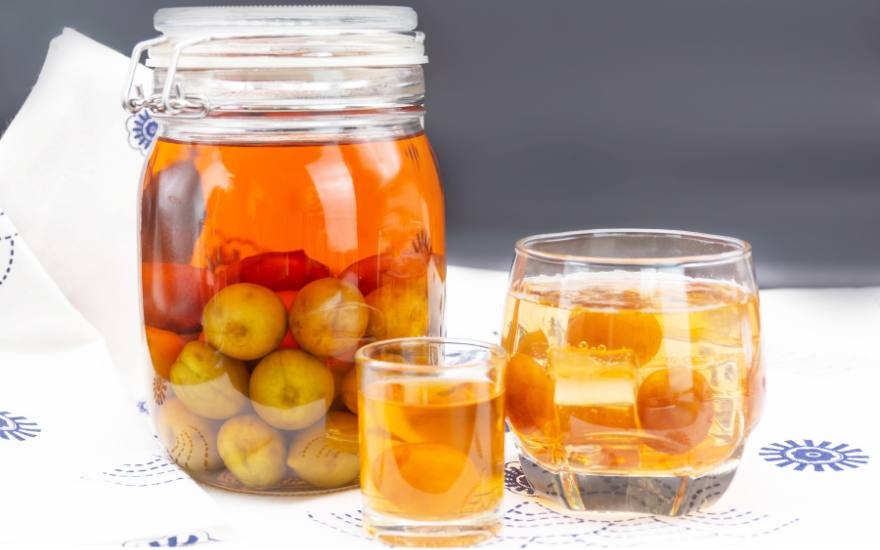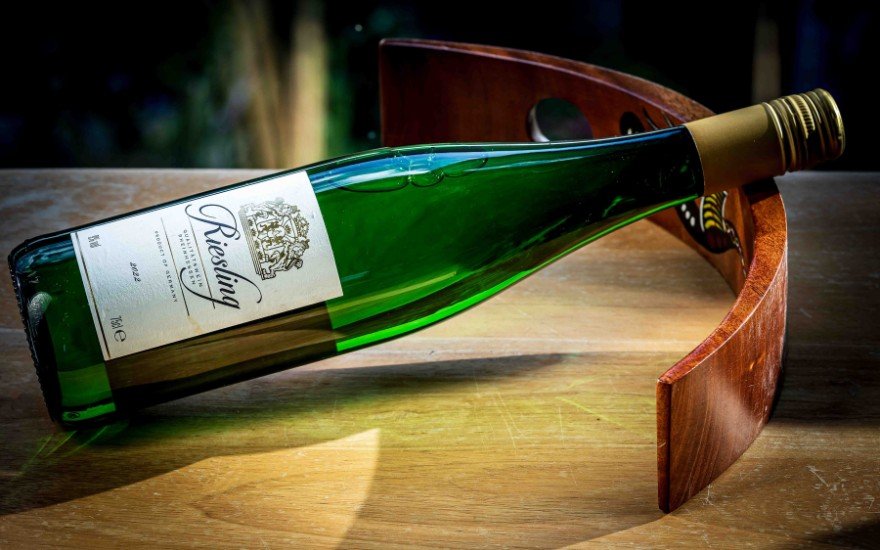Do you like your sake hot or cold? Sake continues to grow in popularity worldwide and no matter how you enjoy it, there’s no denying the staying power of the beverage, which is neither beer, wine, nor spirit, but a category in and of itself. While Sake has its roots in China, it has been refined in Japan since it found its way there over 2500 years ago. That’s a lot of history, and with it comes a rich and varied category that can be enjoyed by anyone, anywhere.
In simple terms, sake is crafted (like beer) via fermentation and filtration, and utilises rice, water, koji and yeast. It can be fragrant or savoury and produce flavours from all across the spectrum. Expect umami, citrus, flowers and so, so much more. Expect the driest, aged, most complex drinks down to the sweetest, sparkling and syrupy end of the drinks spectrum.
Sake can be enjoyed any time of the year, but sake and sake-based beverages have a special place in the summer months, enjoyed over ice, in cocktails or served beautifully chilled and sparkling like the finest wines. So, if you’re looking for something a little different to sip this summer, look no further than these six sake perfect to sip this summer…
Gekkeikan Horin Junmai Daiginjo Sake
Junmai literally means that the Sake is totally without additives and of a certain percentage of “polished” rice, typically around 70%. In essence, making it a ‘purer’ Sake. Gekkeikan Horin is delightfully fresh, fruity and easy-drinking. The perfect choice for sipping over ice on the hottest summer days. Expect plenty of summer fruits, and a long, lingering pear finish.
Size: 300ml
ABV: 15.5%
Where to Find: Japan Centre - £15.98
Hananomai Sparkling Blueberry Sake
Hananomai takes its name from the phrase “flower dance”, an apt title for an effervescent, sparkling floral sensation in a bottle. Sake can be many things, and in this case, it’s fun. Coming in at a low ABV, this can easily be enjoyed in a similar way one might enjoy a quality beer or cider. That is, in a beer garden under the sweltering heat? Yes please! The blueberries are infused in this super-fresh bottle or sourced locally to the brewery, making for a product free from artificial flavours while still being fun, fruity and easy to drink.
Size: 300ml
ABV: 6%
Where to Find: Japan Centre - £9.89
Gekkeikan Nigori Sake
Now for something a little different. Nigori means “cloudy”, which is visually what you can expect from this unfiltered sake. Once you get past the appearance, you can expect a much lighter, sweeter and creamier Sake experience. Super bright, refreshing and packed full of flavour. If you’ve struggled with other styles of Sake in the past, this may be the one for you! A must-try and totally unique sipping experience.
Size: 300ml
ABV: Varied (Unfiltered and hard to pin down)
Where to Find: Japan Centre - £10.59
Tosa Shuzo Keigetsu Yuzu Sake
Yuzu is a particularly captivating flavour that shines in spirits, beers, cocktails and just about anything else you can throw it in, and this Yuzu Sake is a shining example of both the versatility of Yuzu and of Sake. This exquisitely sweet and sour Sake will transport you to the wonders of Japan! The very definition of “perfect for summer sipping” - enjoy over ice as an aperitif or with a splash of soda to mellow out those rich tart notes.
Size: 300ml
ABV: 8%
Where to Find: Japan Centre - £11.59
Samurai Sake, Junmai Daiginjo Genshu
Sometimes on a particularly hot day, you just want to sit and enjoy something a little dryer than the regular sugar-bombs of Summer sipping. After all, why else would white wine be so popular in the season? Samurai Sake is rich with umami, boasting notes of fresh nuts and sourdough. A fantastic option to sip super cold at a BBQ alongside your favourite summer foods, or even just a crisp salad. If you didn’t know, Sake pairs beautifully with most food - a brilliant all-rounder.
Size: 720ml
ABV: 16%
Where to Find: Master of Malt - £34.94
So Good Sake
Did you know Sake can actually be made anywhere in the world? Well, this one comes from California, and is the first of its kind! Their homegrown, Californian rice combined with traditional Japanese methodology makes for a unique bottling, rich in melon, honey and apple notes which make it a perfect summer tipple. A truly new and modern Sake offering.
Size: 750ml
ABV: 15.5%
Where to Find: Master of Malt - £33.02
Chilled Kamoshibito Kuheiji Eau de Desir Junmai Daiginjo Sake
Believe it or not, in this bottle you may find a Sake with all the complexity and rich flavour profile of a high end French white wine. The brewery hand-grows their rice to ensure only the highest quality grains make it into the final production process. You can find this Sake in Michelin star restaurants all over Paris, and when you take a sip it’s easy to see why. Expect a deeply aromatic liquid, full bodied and velvety with plenty of super fresh citrus notes. Best enjoyed chilled in a wine glass - after all, you’d subject a fine wine to no less than the perfect temperature and glass, right? For a show-stopping Summer party where you’re looking to impress!
Size: 720ml
ABV: 16%
Where to Find: Japan Centre - £49
Looking for more unique summer tipples? Have you jumped on the Orange Wine wagon yet? Because you should! Read more here!










































































